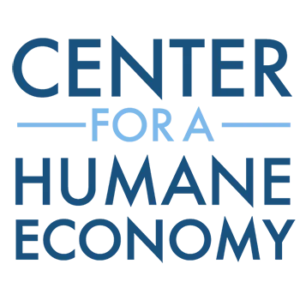Despite its contraction, a barely viable industry poses a national health threat, given the susceptibility of factory-farmed mink to contract the SARS-CoV-2 and spill it back to people
(Washington, D.C.) – Mink production and mink farming revenues spiralled further downward last year, according to the annual Mink report for calendar year 2020 released by the USDA’s National Agricultural Statistics Service (NASS) yesterday. The report comes just three weeks after after top Democrats and Republicans in the House, led by Appropriations Chairwoman Rosa DeLauro, D-Conn., Rep. Nancy Mace, R-S.C., Natural Resources Committee Chairman Raul Grijalva, R-Ariz., Foreign Affairs Committee Ranking Member Mike McCaul, D-Texas, and other influential lawmakers introduced H.R. 4310, the Minks in Narrowly Kept Spaces Are Superspreaders (MINKS) Act. The bill would ban mink farming, coming after public health authories have SARS-CoV-2 outbreaks at more than 440 mink farms in the U.S. and abroad that have spawned three new COVID-19 variants.
According to the USDA, U.S. mink farms produced 1.41 million pelts in 2020, down 49 percent from 2019 production of 2.74 million pelts. The average price per pelt in 2020 was $33.70, up $12.40 from $21.30 in 2019 but still below the breakeven price. The total farm-gate value of pelts produced in 2020 (average price per pelt X number of pelts produced) was $47.4 million, down 19 percent from $58.4 million the prior year. In 2012, mink production was 3 million and farm-gate value was $291 million. Not surprisingly, female mink bred to produce kits in 2021 totaled 323,560, down 10 percent from the previous year.
“The year 2020 marks the fifth time in the past six years that the average price per pelt was less than the break-even price of $35,” according to Wayne Pacelle, president of Animal Wellness Action and the Center for a Humane Economy. “It is astonishing that the United States would allow a doomed and waning industry to continue given that its farms act as superspreaders of SARS-CoV-2 and may forge a deadly new variant. This is domestic viral threat of the highest order.”
In 1959, there were as many as 7200 mink farms in the United States. Now there are just 60 to 80, according to research from Wellness Action (AWA) and the Center for a Humane Economy. The fur industry trade group has long exaggerated production and revenue numers, while downplaying animal welfare and public health concerns.
“Unlike any other animal, farmed mink are uniquely susceptible to and readily infected with SARS-CoV-2 from people and in turn spill back the virus to people, often in a mutated form that may be resistant to vaccines and antibodies,” noted Dr. Jim Keen, D.V.M., Ph.D. director of veterinary sciences at the Center for a Humane Economy.
The European Union is considering a ban on mink farming and other forms of fur farming after two variants developed in its member nations. The top producer in the world, Denmark killed all 17 million mink to avert a massive public health crisis after the Cluster-5 variant developed at a mink farm and infected thousands of people. The Netherlands, the fourth largest global producer, banned mink farming in March 2021 after mink farms were identified as viral superspreaders. Poland, the third largest mink producer in the world after China and that had several viral outbreaks just weeks ago, announced its support for an EU ban on fur farming earlier this month.
In the U.S., the MINKS Act proposes to amend the Lacey Act to prevent inhumane treatment of captive wild mink, to stop the spread of SARS-CoV-2 and other zoonotic diseases to people and the large population of wild mink throughout North America, and to lessen other risks to wild mink from the escape of captive mink twice the size of their wild kin.
According to “Mink and SARS-CoV-2” authored by Dr. Keen, mink pose unique public health risks from SARS-CoV-2: 1) Mink are the only animals beside people that transmit, become sick, and die in large numbers from COVID-19; 2) Mink are the only animals besides people that transmit the COVID-19 virus back to people often in mutated form. Mink farmers, their families and their communities are at greatest risk; 3) Mink are the only animal with a large potential wild animal reservoir for COVID (i.e. the millions of wild or feral mink in the Northern hemisphere, some of which have already been infected; 4) Mink are a top candidate as the “missing link” between bats which most scientists believe to be the original source of COVID, and people according to the World Health Organization; 5) Mink are a proven source of multiple novel virus variants that may compromise human vaccine effectiveness or increase human virus virulence or transmissibility; 6) U.S. mink veterinary vaccines against COVID-19, which are still in development, are no panacea and may even be detrimental to control of the COVID-19 pandemic.


